Are pangolins being farmed for China’s traditional medicine industry?

We’ve uncovered disturbing information which strongly suggests that “medicinal use” pangolin farms are already operating in China.
The emergence of pangolin farming may help provide insight into why the world is losing its pangolins at such an alarming rate (an estimated 40,000 killed in 2011) and why China’s appetite for pangolins continues to increase.
We found that pangolin farming is promoted as an investment opportunity due to continued high demand from the traditional Chinese medicine industry, and we also located photos and videos of a pangolin farm on a Chinese business website.
The ‘dawn’ of pangolin farming
In an article discussing how the scarcity of endangered species has created a “bottleneck” for traditional Chinese medicine production, the China Association of Traditional Chinese Medicine website notes that progress is being made, now that “bear farming has been industrialized” and “pangolin breeding has shown signs of dawn”.
It further states that leopard bone, antelope horns, pangolins, bears, and rare snakes are necessary raw ingredients for the treatment of “coronary heart disease, myocardial infarction, angina, stroke, coma, cerebral vascular disease, fever-induced delirium and shock, infectious diseases, cancer treatment.”
(By the way, the China Association of Traditional Chinese Medicine website touts bear bile farms as “humane” and emphatically states that synthetic bear bile is not an acceptable substitute for “natural” bear bile. Read it here.)
‘Medicinal raw materials’
On the Chinese financial news website Eastmoney.com, there is a page discussing the potential outlook on pangolin breeding.
It is suggested that forestry authorities, traditional Chinese medicine administration and hospitals cooperate in the “production and processing” of medicinal raw materials — described as Saiga antelope, pangolins, and rare snakes.
Regarding pangolins, it is claimed that “experimental” farming techniques have been successful, and that “large-scale” breeding could yield 100 – 200 million annually after an initial investment. (Note: It is not clear if the “million” refers to yuan or US dollars. 1 Chinese yuan currently = 0.1586 US dollars.)
At present, experimental breeding success, but no large-scale farming, investment 500,000 – 100 million for large-scale farming, the annual income is estimated to have 100 – 200 million.
While the call for investors cites an “annual demand of 300,000”, it is not indicated whether this refers to individual pangolins or weight. Either way, this figure helps explain why the scaly anteaters are being ruthlessly plundered from their habitats in Southeast Asia, and increasingly from India, Nepal and African countries.
According to 2010 statistics, the annual demand of 300,000, there will be a very large demand for space, a special diet because pangolins, feeding studies very difficult, difficult to follow the short term, over time, and may even be a monopoly.
Details and discussion about the “investment opportunity” can be found at http://guba.eastmoney.com/look,gssz,9827708.html
Pangolin ‘shortage’ predicted
In September 2010, a Chinese business blog contributor wrote that it was predicted in 1996 that even a large-scale breeding operation would not be able to “meet the demand for pangolin scales” in 5 – 10 years.
From the post: “To meet the needs of people’s medicinal purpose, we believe that it is necessary to carry out captive breeding of pangolins …”
(The article can be viewed at http://blog.china.alibaba.com/blog/wangjing565566/article/b0-i19659073.html)
Pangolin farm video
An advertisement posted on the same user-generated Chinese business blog in August 2009 by “Tianyuan pangolin farm” claims to offer pangolins for sale, as well as breeding instructions. The advert includes a video, which is allegedly of the pangolin farm.
Several pangolins can be seen inside a cement enclosure in this video posted with the Tianyuan pangolin farm advertisement:
(At the time of this writing, the article and video are located at http://michael197312.blog.china.alibaba.com/)
Pangolin farm photos
We also found photos posted by Tianyuan pangolin farm and linked to the advertisement mentioned above, on the same business blog. The caption claims the photos are of the farm’s exterior.
(These photo posts are located at http://blog.china.alibaba.com/blog/michael197312/picture/4266169.html#picture)
Capturing wild pangolins
A post published on the same website in October 2010 provides readers with instructions on how to capture wild pangolins for the purpose of farming/breeding in captivity, as an alternative to “ordering” them from farmers.
It says that the “cool and damp morning” is the best time to catch them, and suggests throwing dirt at a pangolin until the frightened animal curls up into a ball, making it easy to collect.
In addition to ordering pangolins from farmers, they can be caught from the wild:
(This post is currently located at http://blog.china.alibaba.com/blog/wangjing565566/article/b0-i19723233.html)
Breeding facility specs
For the would-be pangolin farmer, pangolin breeding facility specifications dated November 2010 are also available. This was posted by the same user who advises on how to capture wild pangolins.
(Currently located at http://blog.china.alibaba.com/blog/chuanshanjiaxuyang/article/b0-i20767201.html)
‘Medicinal use’ farming schemes
We believe that the existence of China’s pangolin farms and the encouragement of “medicinal use” pangolin breeding is a significant contributing factor to the booming illicit pangolin trade.
It has already been proven that China’s commercial tiger farms have had no positive effects on tiger conservation, and that they are nothing more than a cover for the lucrative trade in tiger skins, bones, and body parts.
Tiger farms have been shown time and again to be suppliers of tiger-derived “medicines” and tiger bone wine to eager consumers.
The same tragedy has developed with rhinos: While the global community continues to work towards reducing demand for rhino horn, China again thwarts those efforts by investing millions of dollars into a rhino farming scheme, importing over 100 rhinos from South Africa, and essentially undermining decades of conservation efforts by encouraging the use of rhino horn.
Medicinal myths
Pangolins, tigers, and rhinos are being ruthlessly wiped out because of medicinal myths. Tiger bones, rhino horns, and pangolin scales do not cure diseases or improve health.
Here’s what medicinal myths have accomplished:
- Tigers: 3,200 left in the wild.
- Rhinos: Three species classified as Critically Endangered; 448 killed in South Africa in 2011; two subspecies declared extinct in 2011.
- Pangolins: An estimated 40,000 killed in 2011; possibly as many as 60,000.
Take the first step: Share this article and help raise awareness about the plight of the pangolins.
Authors: Rhishja Cota-Larson and Sarah Pappin. Learn about Rhishja and Sarah here.
“PangoLeaks” image by Project Pangolin; other images as noted.


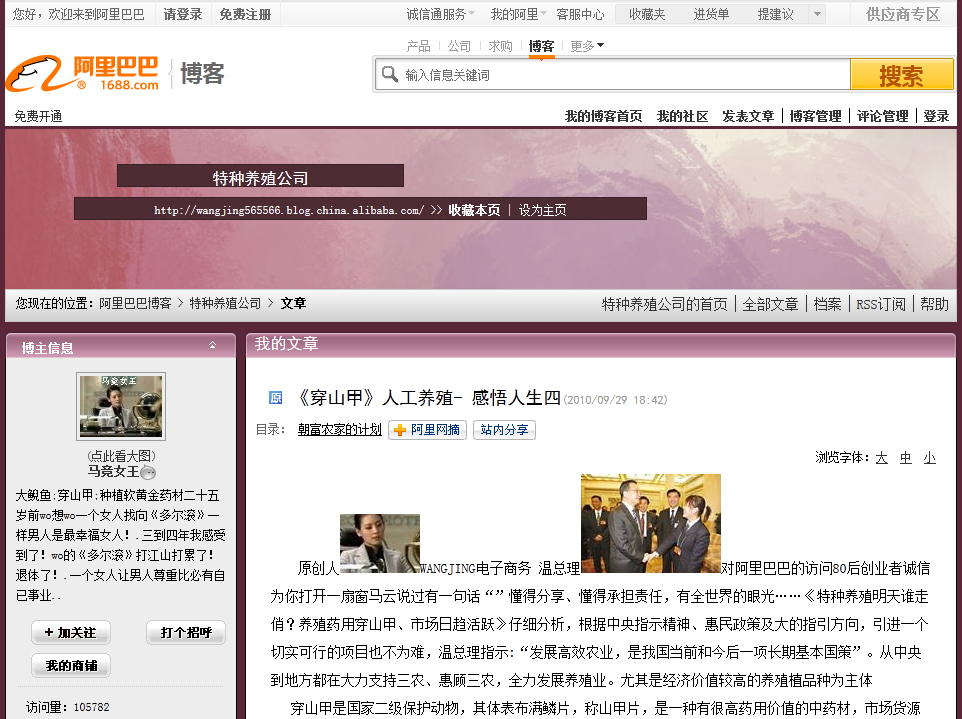
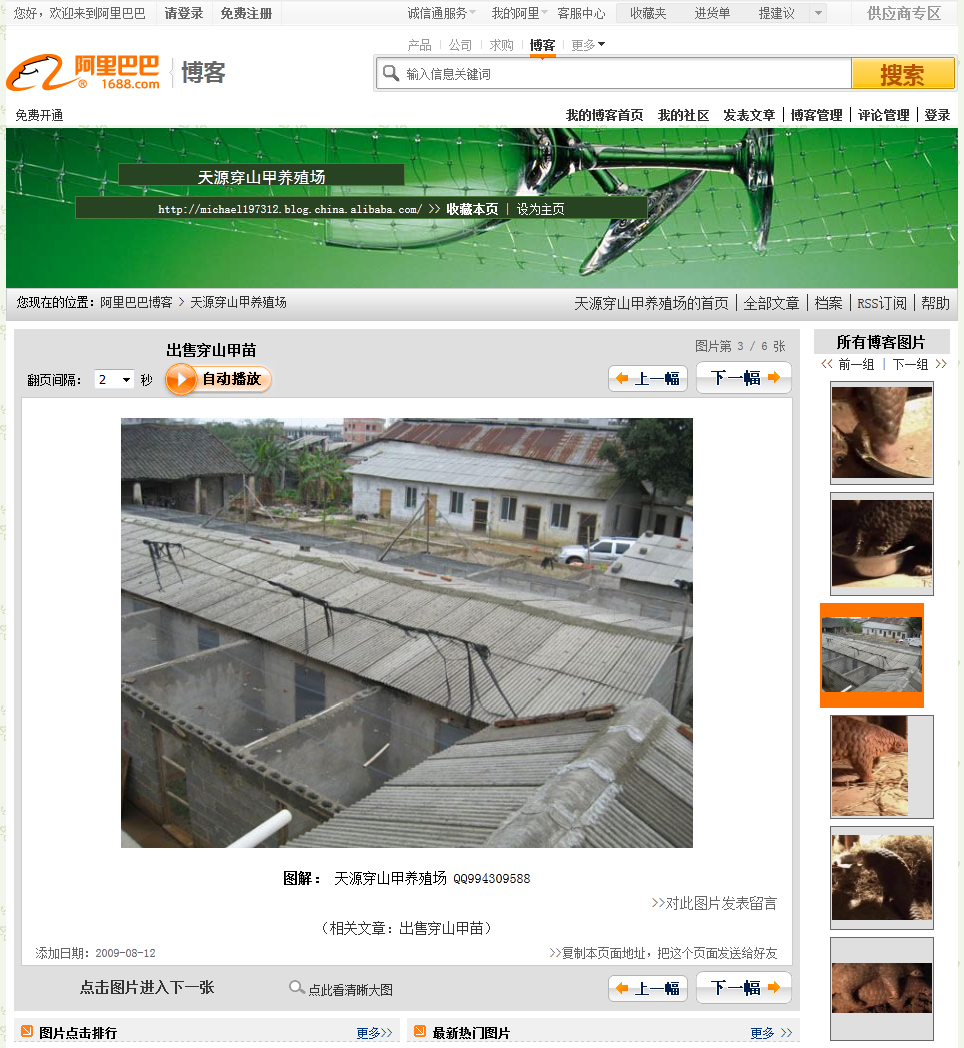
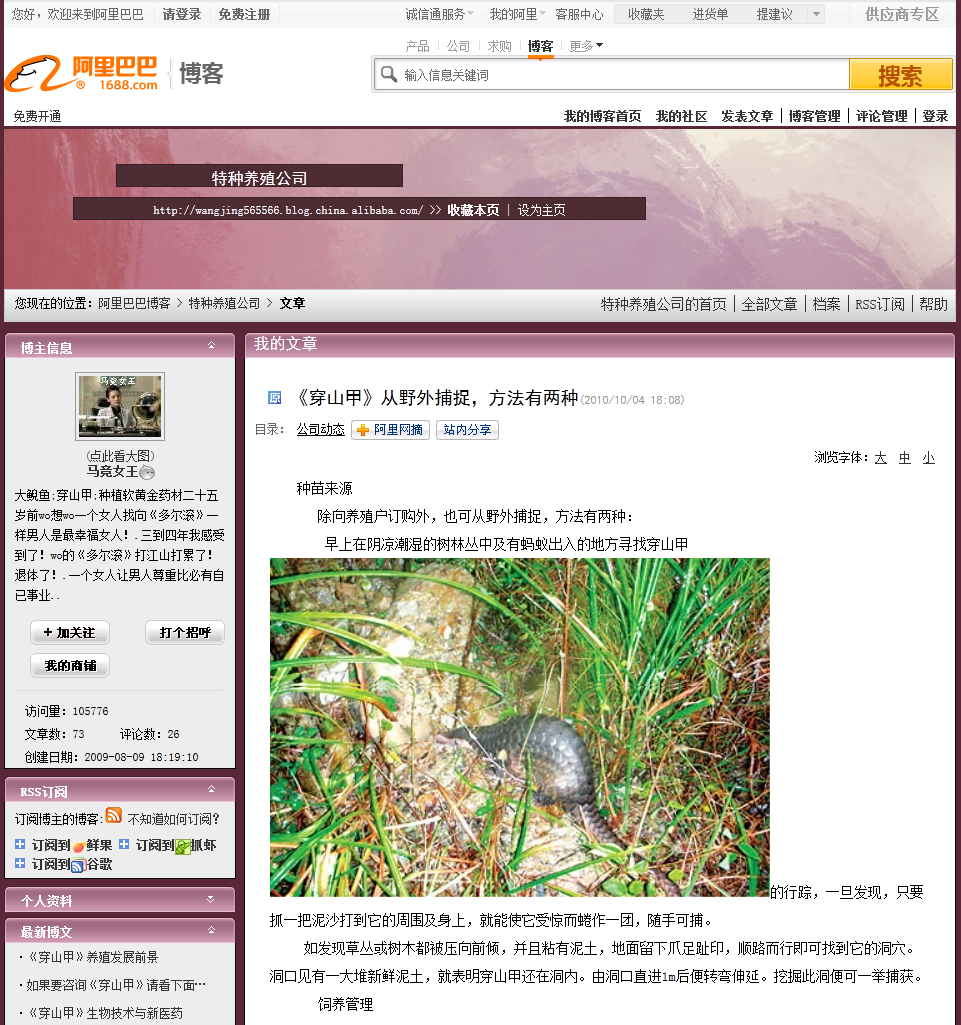
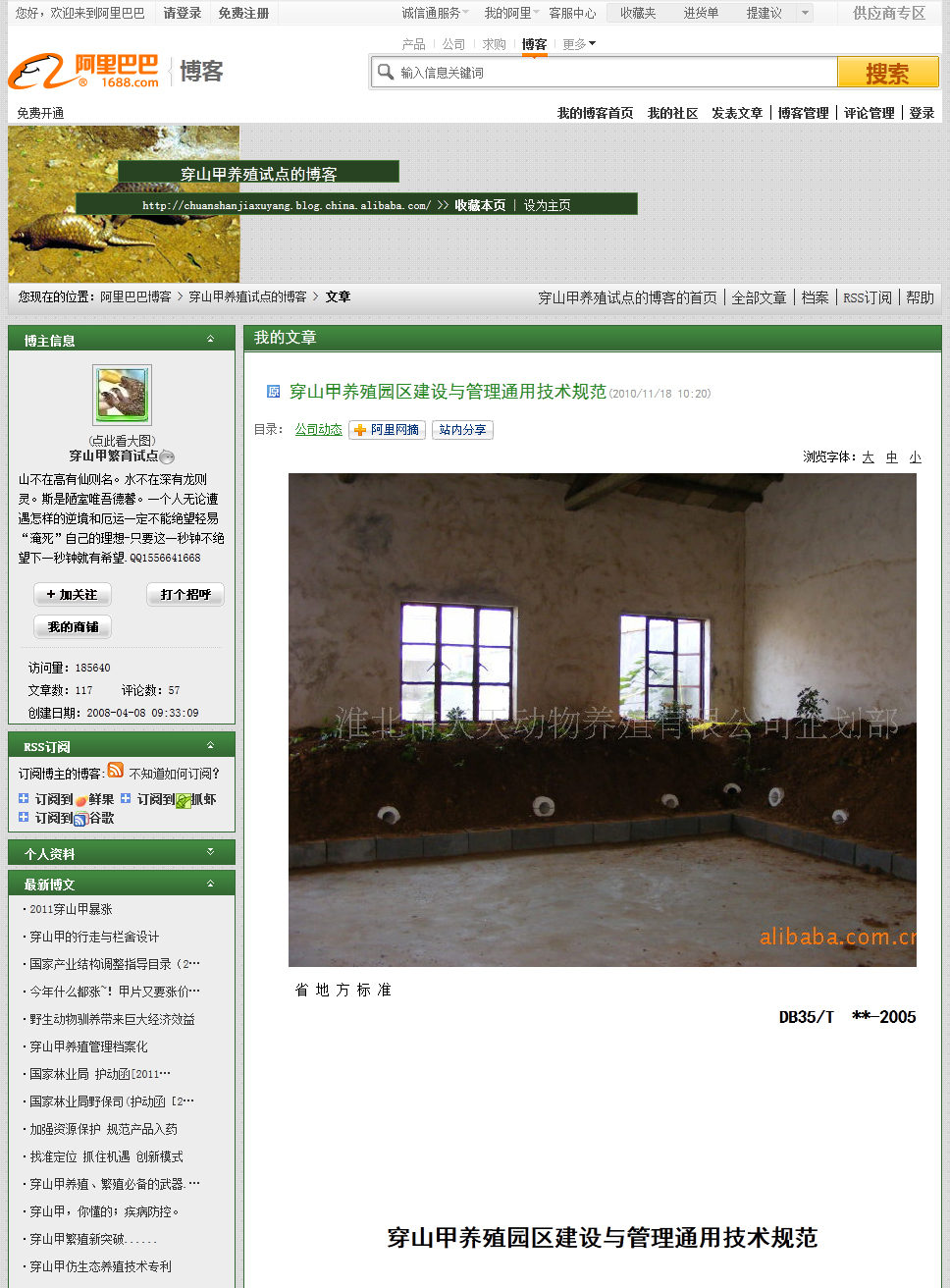
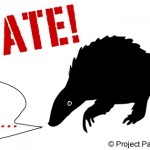


Comments are closed.